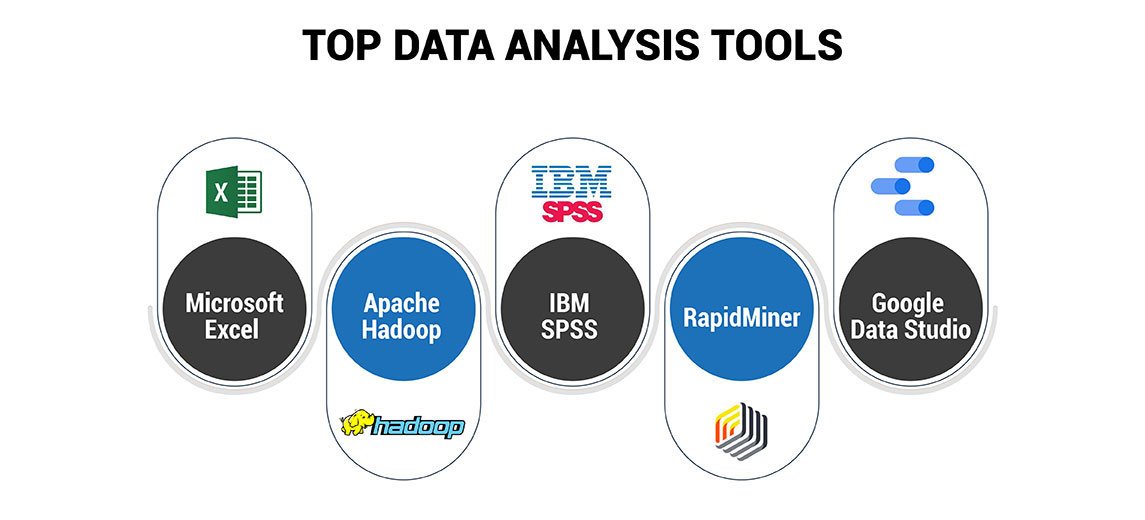Increase Effectiveness and Profitability With Information Analytics
In today's data-driven landscape, companies are progressively recognizing the essential role of information analytics in improving functional effectiveness and success. By methodically evaluating data, organizations can uncover essential understandings that educate critical choices, simplify procedures, and dressmaker consumer experiences.
Comprehending Data Analytics
In today's data-driven landscape, understanding data analytics is essential for companies aiming to boost operational efficiency and drive earnings. Data analytics involves the methodical computational analysis of information collections to discover patterns, relationships, and insights that notify decision-making. By employing different techniques, such as analytical analysis, maker knowing, and predictive modeling, companies can change raw data into workable knowledge.
The process generally begins with data collection, where pertinent information is gathered from several resources, including transactional databases, customer interactions, and market patterns. This data is then cleaned and organized to make sure precision and uniformity. When the information is prepared, analytical tools and software application are made use of to check out and visualize the info, allowing stakeholders to recognize patterns and anomalies.
Inevitably, recognizing data analytics empowers organizations to make educated choices based upon empirical evidence as opposed to intuition. It helps with targeted techniques that can enhance resource appropriation, enhance client contentment, and boost general efficiency. As businesses increasingly identify the worth of data-driven insights, a solid grip of information analytics comes to be a vital proficiency for leaders and teams alike, placing them for sustained success in an affordable atmosphere.

Key Benefits for Organizations
Businesses that utilize data analytics can open a wide range of benefits that dramatically enhance their operations and success. Among the key benefits is enhanced decision-making. Information analytics gives actionable insights derived from real-time data, allowing businesses to make informed choices that straighten with market needs and consumer preferences.

Furthermore, information analytics promotes boosted customer experiences. By recognizing consumer behaviors and choices, organizations can tailor their offerings, resulting in boosted fulfillment and commitment. This tailored method typically causes greater conversion prices and repeat company.
Moreover, data analytics allows companies to determine emerging patterns and chances. By remaining ahead of the curve, organizations can take advantage of brand-new markets and advancements prior to their competitors.
Carrying Out Data-Driven Methods
Effective application of data-driven strategies requires an extensive understanding of both business objectives and offered data resources. Organizations should initially define their purposes clearly, making sure alignment between information campaigns and critical goals. This quality makes it possible for teams to concentrate on pertinent metrics and insights that drive decision-making.
Following, companies must evaluate their existing data framework. This entails evaluating data top quality, availability, and assimilation capabilities. High-quality information is necessary for precise evaluation, as poor information can bring about misdirected strategies and squandered resources. Organizations should establish processes for information collection, cleaning, and management to preserve data integrity.
In addition, cultivating a data-driven culture is crucial. Staff members whatsoever levels ought to be motivated to utilize information in their daily procedures. Training workshops additional resources and programs can improve data literacy, encouraging personnel to make informed choices based upon analytical understandings.
Devices and Technologies Overview
A robust suite of tools and technologies is essential for organizations aiming to harness the full possibility of information analytics. These devices promote the collection, processing, and visualization of data, allowing businesses to obtain actionable understandings.
At the fundamental level, data monitoring platforms such as SQL databases and NoSQL systems supply efficient data storage space and access abilities. For information handling and analysis, programs languages like Python and R, in addition to structures such as Apache Flicker, allow intricate calculations and artificial intelligence applications.
Visualization tools, including Tableau and Power BI, change raw information into user-friendly graphical styles, making understandings available to stakeholders at all levels. Additionally, cloud-based platforms like Google Cloud and AWS provide scalable storage space and handling services, accommodating the expanding quantities of data companies come across.
For advanced analytics, predictive modeling and AI-driven options are progressively embraced, permitting business to anticipate trends and enhance decision-making procedures. Incorporating these tools right into existing operations is paramount; organizations that effectively utilize this technology can considerably enhance functional efficiency and click resources drive success. Therefore, buying the right view website tools and modern technologies is a critical vital for any type of data-driven organization.
Study of Success
Leveraging data analytics has led numerous organizations to achieve impressive enhancements in effectiveness and earnings. One significant case is a huge retail chain that executed predictive analytics to maximize inventory management. By analyzing historic sales information and client trends, the company lowered excess supply by 30%, causing significant cost savings and boosted capital.
One more instance can be located in the manufacturing market, where a leading vehicle producer made use of data analytics to improve its manufacturing procedures. By monitoring device efficiency in real-time, the organization recognized inadequacies and bottlenecks, resulting in a 20% boost in general devices effectiveness (OEE) This not just improved production prices however likewise decreased downtime and maintenance costs.

These instance researches highlight just how information analytics can drive tactical decision-making, optimize procedures, and ultimately improve both efficiency and profitability throughout numerous markets.
Verdict
In final thought, the integration of information analytics right into business operations presents substantial possibilities for improving performance and productivity. By systematically examining data, organizations can identify inadequacies, enhance customer experiences, and make notified decisions.
In today's data-driven landscape, comprehending information analytics is vital for organizations intending to enhance operational performance and drive success. Information analytics includes the methodical computational evaluation of data collections to uncover patterns, relationships, and understandings that notify decision-making. Information analytics provides actionable insights obtained from real-time information, enabling businesses to make educated options that line up with market needs and consumer choices.
Premium data is vital for exact evaluation, as inadequate data can lead to misdirected methods and lost sources. Organizations should establish processes for data collection, cleaning, and administration to maintain data honesty.